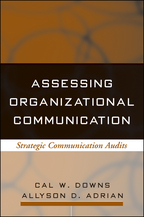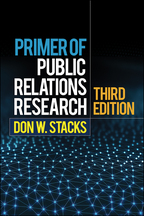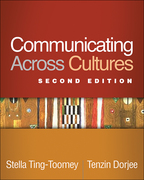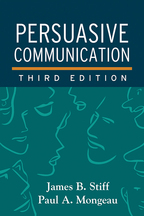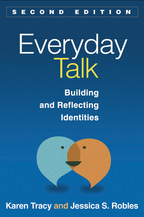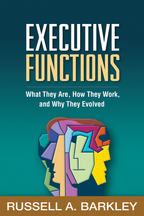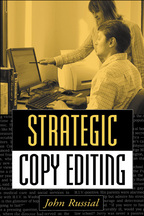Assessing Organizational Communication
Strategic Communication Audits
Cal W. Downs and Allyson D. Adrian
A Paperback Originale-bookprint + e-book
A Paperback Original
orderMay 26, 2004
ISBN 9781593850104
Price: $64.00 292 Pages
Size: 7" x 10"
“The ultimate book on this subject. Comprehensive and brilliantly written, it is a complete guide to planning, implementing, and interpreting the results from communication assessments. It will be indispensable reading for professionals seeking a 'how to' guide, for students in management communication courses at both the undergraduate and graduate levels, and for anyone interested in organizational communication more widely. The authors have made a major contribution to scholarship in this aspect of our discipline.”

—Dennis Tourish, Aberdeen Business School, Scotland
“My students and I have been eagerly awaiting the follow up to Downs's groundbreaking Communication Audits, and the current volume meets all our expectations. Communication, the essence of organizational functioning, is all too often overlooked in the complex world of contemporary business. This book provides the background and the strategies for understanding and assessing communication in a range of organizational contexts. Written in a straightforward, commonsense style, this is an outstanding text for researchers, students and practicing managers at all levels, and a 'must have' for serious management and communication scholars.”

—Bill Ticehurst PhD, Faculty of Business, University of Technology, Sydney, Australia; past president, Australian Communication Association
“Assessing communication patterns in organizations has a long legacy in the field of organizational communication, a legacy to which this volume makes a significant contribution. The volume synthesizes knowledge about how auditors can build comparative knowledge about organizational problems, tailor assessment tools to particular organizations, and improve the diagnosis of problems through the use of multiple methods. As a text, it is particularly valuable for advanced undergraduate- and graduate-level classes that focus on field methods, diagnostic processes, and training and consulting in organizational communication.”

—Linda L. Putnam, Department of Communication, Texas A&M University
—Dennis Tourish, Aberdeen Business School, Scotland
“My students and I have been eagerly awaiting the follow up to Downs's groundbreaking Communication Audits, and the current volume meets all our expectations. Communication, the essence of organizational functioning, is all too often overlooked in the complex world of contemporary business. This book provides the background and the strategies for understanding and assessing communication in a range of organizational contexts. Written in a straightforward, commonsense style, this is an outstanding text for researchers, students and practicing managers at all levels, and a 'must have' for serious management and communication scholars.”
—Bill Ticehurst PhD, Faculty of Business, University of Technology, Sydney, Australia; past president, Australian Communication Association
“Assessing communication patterns in organizations has a long legacy in the field of organizational communication, a legacy to which this volume makes a significant contribution. The volume synthesizes knowledge about how auditors can build comparative knowledge about organizational problems, tailor assessment tools to particular organizations, and improve the diagnosis of problems through the use of multiple methods. As a text, it is particularly valuable for advanced undergraduate- and graduate-level classes that focus on field methods, diagnostic processes, and training and consulting in organizational communication.”
—Linda L. Putnam, Department of Communication, Texas A&M University

